What Is Ring Flash Macro Photography?
Understanding Ring Flash Macro Photography: A Complete Guide
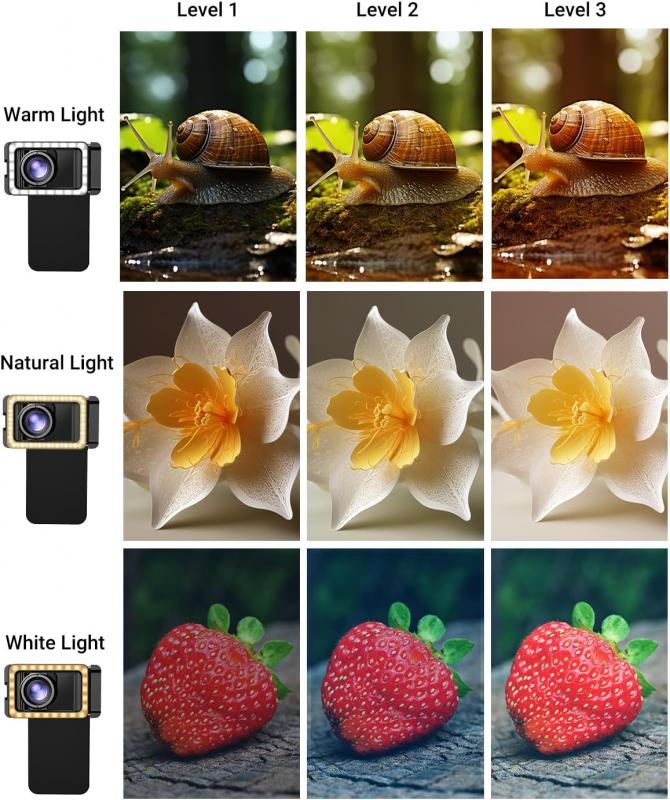
Macro photography is all about capturing the intricate details of small subjects, from the delicate patterns on a butterfly’s wings to the fine textures of a leaf. However, one common challenge for macro photographers is achieving well-lit, sharp images of their subjects, especially when working with tiny objects that demand high precision. This is where ring flash macro photography comes into play, offering a solution to illuminate the subject evenly while maintaining the unique aesthetics of close-up photography.
In this article, we’ll dive deep into what ring flash macro photography is, how it works, its advantages and limitations, and how you can incorporate it into your own photographic setup.
What is Ring Flash Macro Photography?
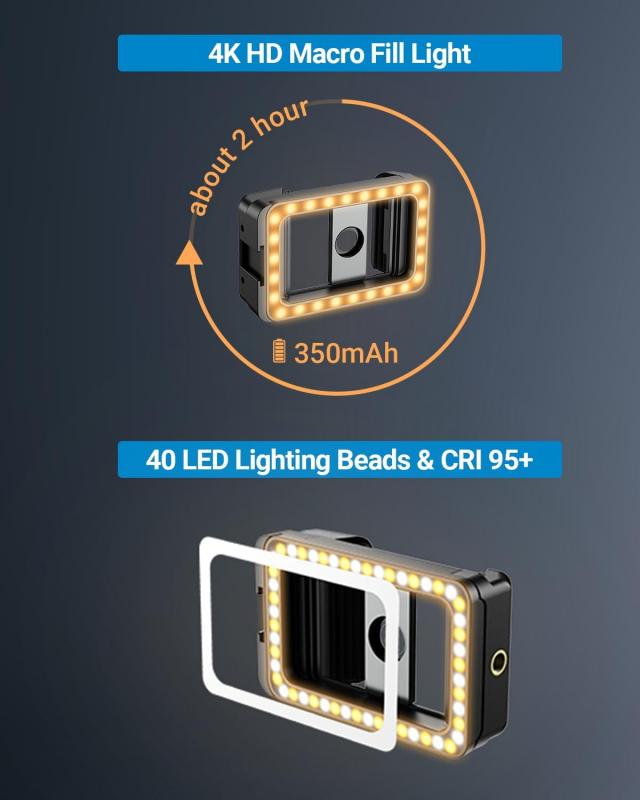
At its core, ring flash macro photography is a technique that utilizes a ring-shaped flash light positioned around the lens of the camera. This type of flash is primarily used in close-up or macro photography, where capturing fine details is paramount. The ring flash provides a unique form of lighting that can make a significant difference in the quality of macro shots.
The key characteristic of a ring flash is its ability to evenly illuminate a subject from all angles, which helps to eliminate harsh shadows, particularly in close-up shots where the light source is often too far away to evenly light the subject. This makes it an invaluable tool for macro photographers working in controlled environments where precise lighting is crucial.
The Mechanics of a Ring Flash

A ring flash typically consists of a circular array of flash tubes that surround the camera lens. This positioning allows the light to hit the subject from the same axis as the camera’s lens. Since the light source is positioned around the lens, it helps reduce the shadows that often plague macro photography, giving the subject a soft, uniform illumination.
Here’s how it works in practice:
- Positioning: The flash is mounted on the front of the lens, either attached to the lens or via a specialized adapter.
- Light Distribution: The light is dispersed evenly around the subject, reducing the sharp shadows that can obscure small details, which are crucial in macro photography.
- Even Exposure: This even light distribution ensures that the subject is uniformly lit, making it easier to capture all the fine details with consistent exposure levels.
Some modern ring flashes come with adjustable power settings, allowing photographers to modify the intensity of the flash to suit their needs, further enhancing the control they have over their lighting.
Why Use a Ring Flash in Macro Photography?
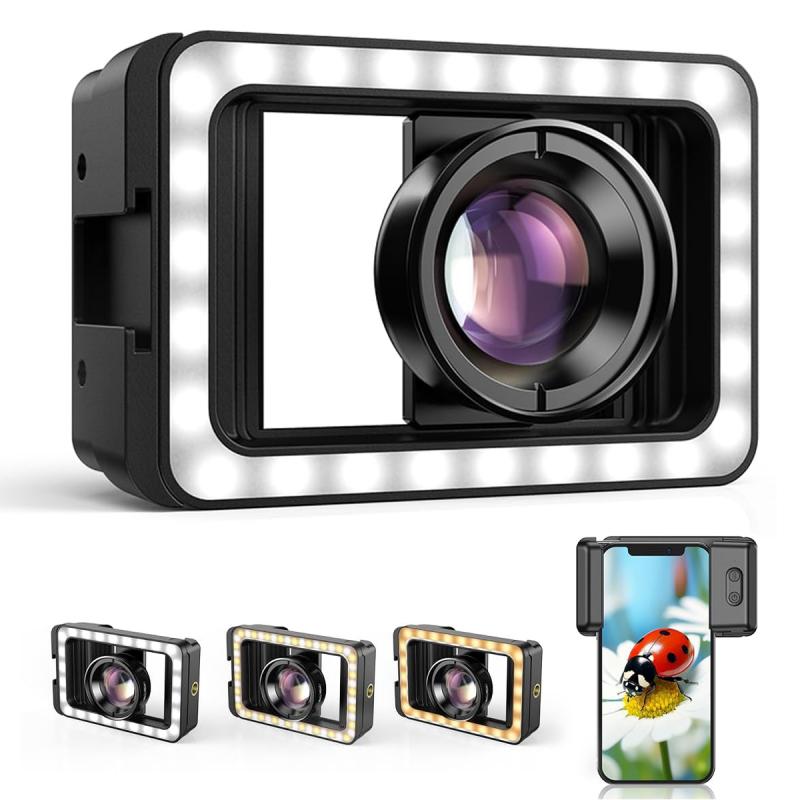
Macro photography often presents lighting challenges that aren't typically encountered in standard photography. Subjects at such close distances can cast long, hard shadows, or may suffer from uneven lighting due to the proximity of the flash or the lens. Here’s why a ring flash is ideal for addressing these challenges:
1. Shadow Reduction: Because the light source surrounds the lens, it minimizes the distance between the flash and the subject. This reduces the appearance of harsh shadows and prevents the typical problems caused by shadows falling across the frame.
2. Even Illumination: In macro photography, even illumination is crucial, especially when capturing intricate textures, patterns, or minute details of small subjects like insects, flowers, and small objects. The ring flash offers uniform lighting across the entire image, ensuring that no part of the subject is too bright or too dark.
3. High Depth of Field: Close-up photography often requires a large depth of field (DOF) to ensure that both the foreground and background details are in focus. To achieve this, macro photographers typically need to use smaller apertures (higher f-stop values), which in turn results in less light hitting the sensor. The ring flash compensates for this by providing a strong, focused light source.
4. No Red-eye: The positioning of the ring flash reduces the chances of the "red-eye" effect, which can occur when a traditional flash is positioned too close to the lens. In macro photography, this is not typically an issue, but it’s worth noting that the ring flash offers a more flattering light for subjects with eyes, like insects or small animals.
5. Creative Lighting Effects: Some photographers use ring flashes to achieve artistic lighting effects. The unique shape of the ring can create interesting reflections and highlights, especially in subjects with smooth or reflective surfaces, such as insects’ eyes or the surface of water droplets.
How to Use a Ring Flash in Macro Photography
While using a ring flash may seem simple, there are several factors to consider in order to make the most of its capabilities. Here's how you can optimize its use:
1. Proper Exposure: Since macro photography typically involves very small apertures to ensure a greater depth of field, there can be less ambient light. Adjust the power of the ring flash accordingly to ensure proper exposure without overexposing the subject. Some ring flashes come with adjustable power, so you can fine-tune the output based on the subject's reflectivity.
2. Positioning the Flash: Even though the ring flash surrounds the lens, you can still adjust its position or tilt to slightly modify the lighting. Some ring flashes allow you to use one side of the flash more than the other, which can help direct the light in a more controlled manner.
3. Use Diffusers: Some macro photographers attach diffusers to their ring flash to soften the light further, especially when photographing delicate subjects such as flowers or small insects. A diffuser helps spread the light even more evenly across the subject and reduces any harshness in the lighting.
4. Avoid Overexposure: Because the light is so close to the subject, overexposure is a common issue in ring flash macro photography. Use lower flash power settings, especially for highly reflective subjects like insects or shiny objects. Experimenting with the flash intensity will help you find the optimal balance.
5. Manual Focus: Since the ring flash provides direct light on the subject, it may cause some autofocus systems to struggle in very close-up environments. It’s often a good idea to switch to manual focus to ensure that you’re getting the sharpest possible image.
6. Test and Experiment: Like all photography techniques, using a ring flash takes practice. Try photographing different subjects under various lighting conditions, adjusting settings, and experimenting with angles and exposure settings to find what works best for your specific subject.
Advantages of Ring Flash Macro Photography
- Consistent Lighting: Ring flashes provide a stable, consistent light source, which is essential when photographing small, detailed subjects. You won’t need to worry about the lighting shifting as you reposition the camera.
- Improved Image Quality: The ability to eliminate harsh shadows and evenly illuminate the subject can significantly improve the quality of your macro photos, bringing out the finer details that would otherwise be lost in poorly lit shots.
- Compact and Portable: Ring flashes are often smaller and lighter than traditional lighting setups. This makes them a convenient choice for photographers who need to move around quickly, especially when shooting outdoor subjects like insects or flowers in nature.
- Perfect for High Magnification: When working at extreme magnifications, where every small detail is magnified many times, the ring flash ensures that even the tiniest features are evenly illuminated without the harsh shadows typically seen in high-magnification photography.
Disadvantages of Ring Flash Macro Photography
- Flat Lighting: While the even illumination can be beneficial, it can also lead to flat lighting. The absence of directional light can result in a lack of depth in the photograph, making the subject look somewhat two-dimensional. To overcome this, some photographers use additional off-camera lighting or reflectors to introduce contrast and depth into the image.
- Potential Overexposure: The proximity of the ring flash to the subject can sometimes lead to overexposure, especially when dealing with highly reflective surfaces. This requires careful management of flash power and aperture settings.
- Limited Reach: Due to its position around the lens, the flash’s light output can be less effective at lighting subjects at a greater distance, which makes ring flashes best suited for macro shots taken very close to the subject.
Conclusion: Is Ring Flash Macro Photography Right for You?
Ring flash macro photography is an indispensable technique for photographers who specialize in close-up shots, offering numerous advantages in terms of consistent and even lighting. However, like any tool, it’s not without its limitations, such as the potential for flat lighting and overexposure in certain conditions.
If you're looking to capture high-quality macro images with detailed clarity and minimal shadow interference, a ring flash can be an excellent addition to your gear. Experiment with your flash power settings, consider using diffusers or reflectors to enhance the depth of your images, and always test your setup to find the optimal lighting conditions for your specific subject.
With the right techniques, a ring flash can transform your macro photography, bringing out the finest details and helping you capture breathtaking images of the smallest wonders in the world.


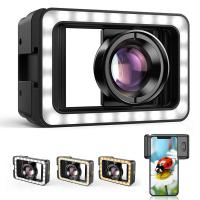
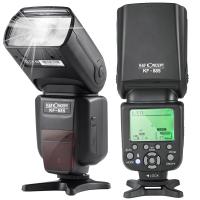
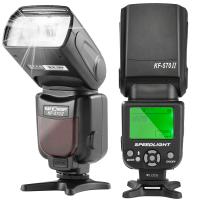

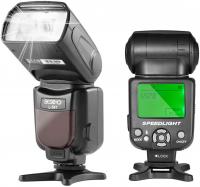
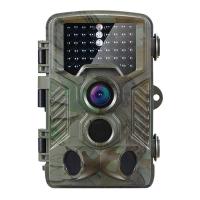
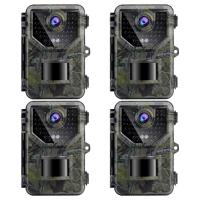
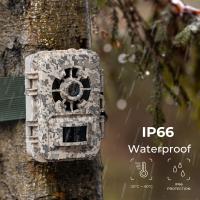


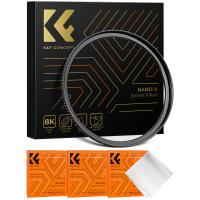
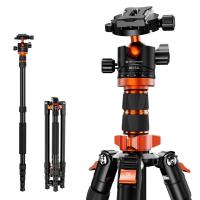




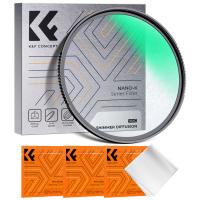


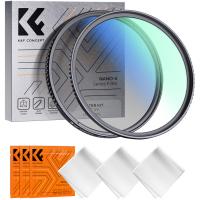
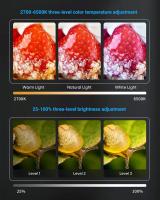
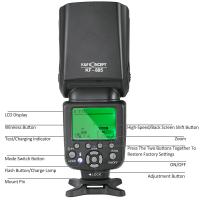
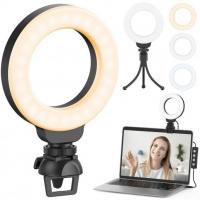
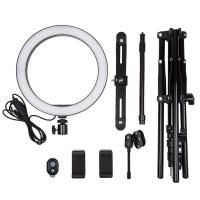
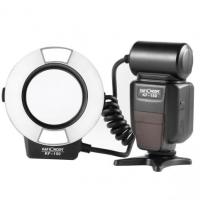
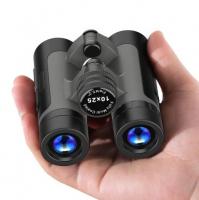



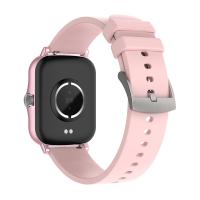
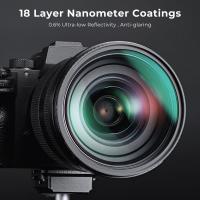

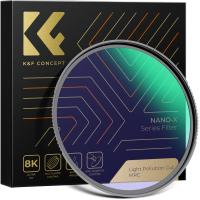
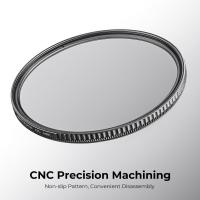
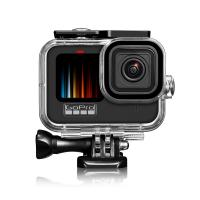
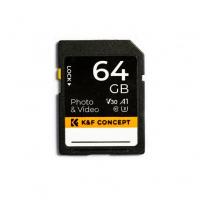

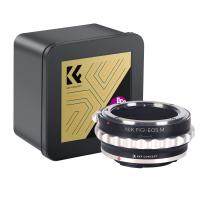
There are no comments for this blog.